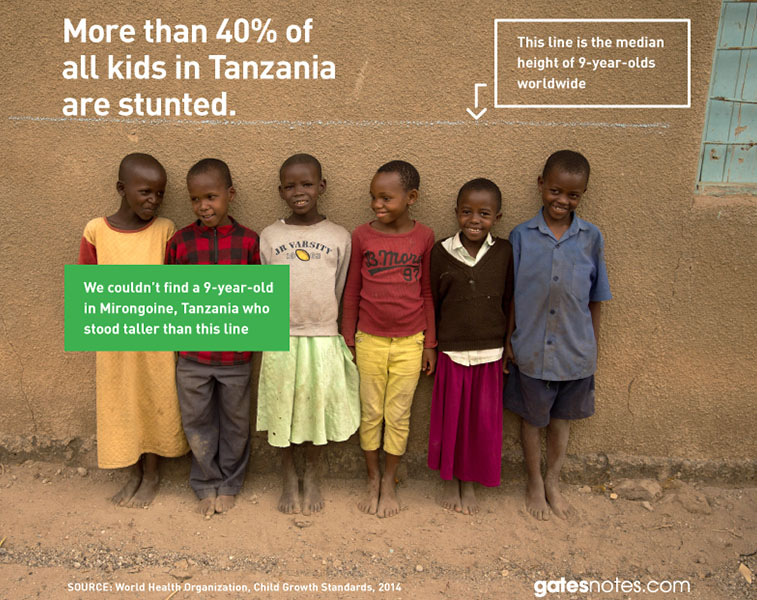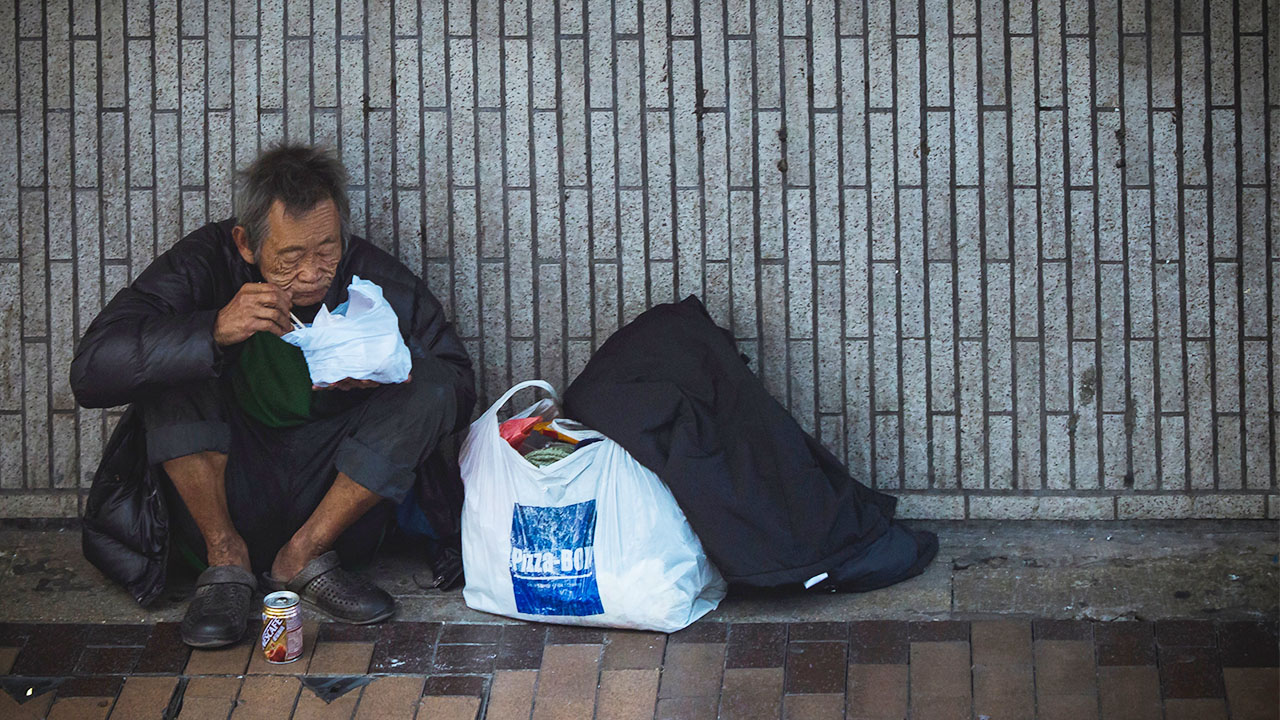The No hunger SDG or sustainable Development goal looks at ending hunger as well as malnutrition in the world. United Nations Development Program has set a set of 17 SDGs to be completed by 2030. One of the challenges faced by billions worldwide, even today, is access to quality food. Another challenge is consistent access to food throughout the year. Let us take a deep dive and see how can we contribute towards the SDG goal 2 or the zero-hunger goal.
Aligning corporate strategy to zero hunger goal
Although the CSR spending has gone up over the last decade, we are not doing enough. One of the problems is that our CSR may not be aligned with real-world problems. UNDP has released a set of 17 sustainable development goals. In this light, it is important that firms align their strategy with these SDGs. Research has shown that CSR is not just a morally responsible activity, CSR is also profitable for the firms.
Firstly, any company that does CSR, should conduct annual CSR audits. This helps in making sense of the contribution and its impact on society. Secondly, corporates can ensure that keep aside some of the monetary donations towards organizations that feed the needy. Even in developed countries, there are non-governmental organizations that help in feeding the poor. Thirdly, larger companies can fund startups working in the nutrition and food space. There is still a funding mismatch between startups for the poor vs startups for the rich. The funding is highly skewed towards companies that come up with new technology or luxury products.
| Action | Difficulty | Results timeline |
| Increase the food production capacity | High | Long term |
| Reduction of food wastage | High | Short term |
| Providing financial assistance | Low | Short term |
Best examples of CSR programs for No hunger SDG
The best way to contribute would be to increase the food production capacity. However, few firms can indulge in such practices. The same can be said about the reduction of food wastage. Firms have little control over this aspect, even within their organizations. Nevertheless, there is still a way to contribute towards reducing hunger. Firms can contribute a part of their earnings towards providing financial assistance. We have already discussed that there are numerous NGOs and startups working in this space.
The best thing about this SDG is that its contribution towards the no hunger SDG gives you instant results. Unlike other goals that take years for you to see any measurable results. Hunger is an everyday problem. You will have faster feedback about the number of lives impacted by your assistance.
Sacoma – an integrated food company
Sacoma got the award for best CSR initiative. They have been lauded for collaborating with farmers in Kenya. The farmers grow sweet potato which is used for developing healthy gluten-free snacks. They also provide basic training to empower the farmers. This kind of initiative helps more stakeholders. Their approach is sustainable throughout their supplier chain network. It helps poor farmers earn better and lead a more balanced life.
Hershey India – a fight against hunger
Hershey is one of the largest food corporations with a presence in many countries worldwide. Their Indian business unit, Hershey India developed a project that works towards the no hunger SDG. Moreover, their project is called ‘Project Poshan. Poshan is the Sanskrit/Hindi word for nutrition. Consequently, they have been active in providing free food through their programs. They distributed small packets of essential items like rice, lentils, dried vegetables. The best part is that they leverage their employees into the projects. This sense of giving back to society is also essential in keeping employees motivated.
Some NGOs and startups working towards zero hunger goal
Using Geoinformatics for smart farming
This may seem like a high-tech idea coming out of Silicon Valley. However, this is the work coming out of an agency in Thailand. The Geo-Informatics and Space Technology Development Agency (GISTDA) has developed technologies to tap into the geo-spatial datasets. These datasets help monitor agricultural lands. Thereby they attempt to increase the yield of the food crops.
Soil health improvement in Sub-Saharan Africa

Durham University is working on techniques to increase the yield of the soil. They predict that the productivity of the soil in Zimbabwe would decline by over 30% by 2050, mainly due to increasing land temperatures. They are researching ways to make the soil more draught resilient.
Fighting food wastage and surplus
Some firms are tackling food wastage head-on. An example is SpoilerAlert, which has created a marketplace for surplus food at a discounted price. Hungry Harvest is another company that is working with an interesting idea. A lot of fruits and vegetables get wasted because they look less attractive. HH collects such produce from farmers and delivers them directly to the customers.
The effect of Covid19 Pandemic on the No Hunger SDG

We witnessed the deadly pandemic of Covid19. The entire economy of the world was affected due to the effects of this coronavirus pandemic. However, the brunt of the pandemic was bourne head-on by the poor sections of the society. This pandemic is a grim reminder of our fragile food production and distribution system. This pandemic has pushed marginalized sections into the dark shadows of hunger and malnutrition. The pandemic has made it even more difficult for us to reach the no hunger SDG. The pandemic-induced food shortage has hit countries such as Afghanistan, Haiti, Chad, Bhutan, Bangladesh, and many others. Firms need to donate wholeheartedly to organizations that look at providing basic food and nutrition programs. This shall be an important step towards minimizing the impact of this pandemic.
